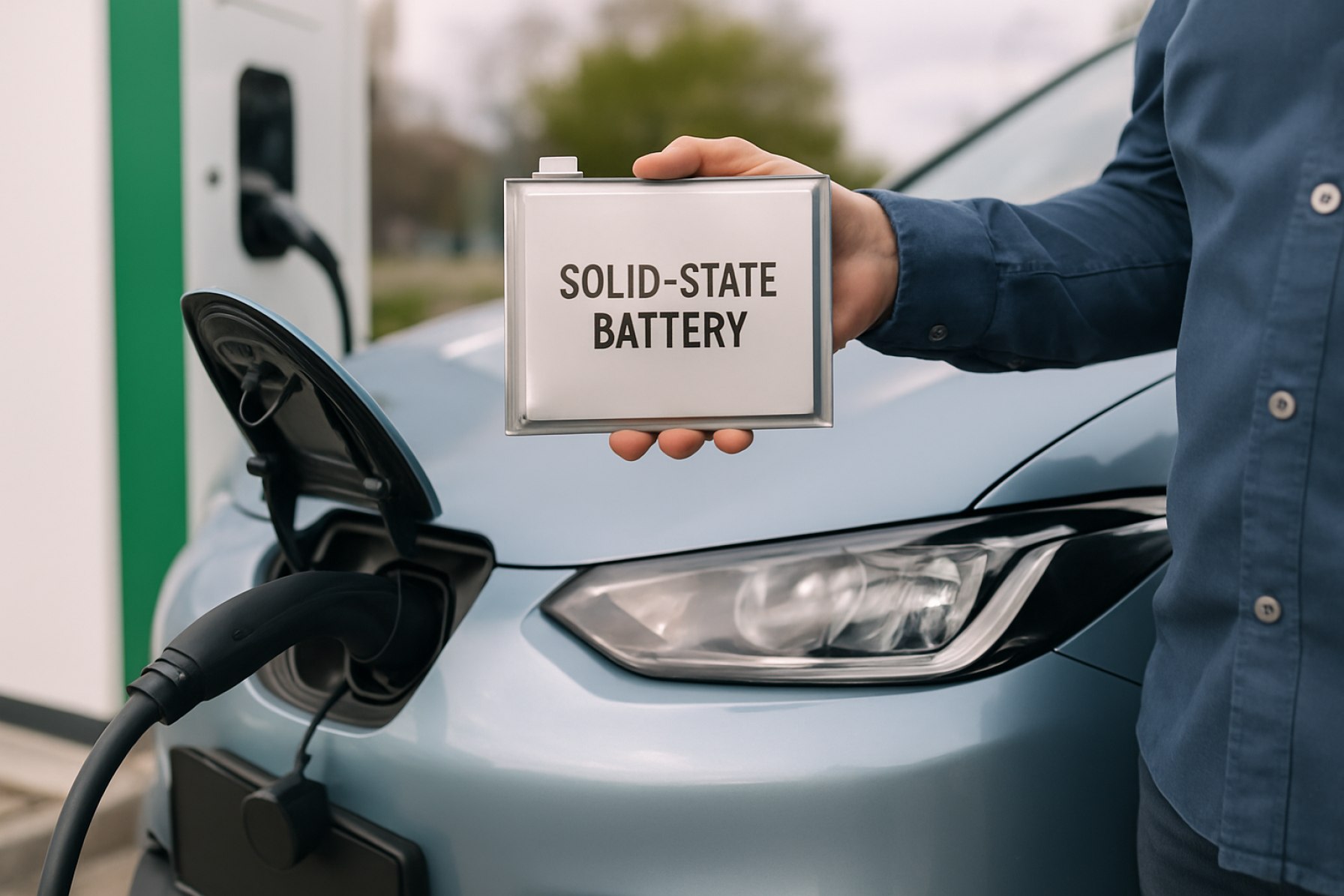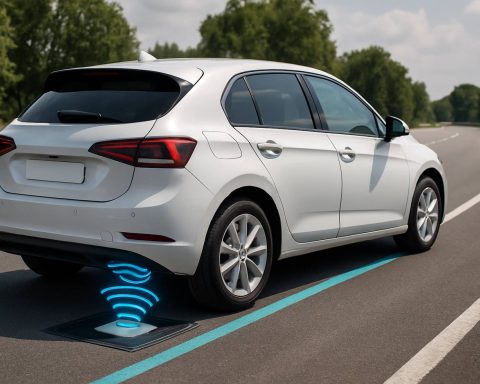Game-Changer for Electric Cars: How AI-Powered Solid-State Batteries Promise 50% More Range and Unmatched Safety in 2025
Machine learning speeds up breakthrough battery material discovery—ushering in safer EVs with longer range and superior performance.
- 50% Range Boost: New solid-state batteries could let EVs drive half again as far per charge.
- Safer Tech: Solid electrolytes cut down fire risk compared to liquid lithium-ion batteries.
- Faster Discovery: Graph neural networks identify new battery materials thousands of times quicker than traditional methods.
- Longevity Leap: Advanced coatings dramatically extend battery lifespan and reliability.
2025 is shaping up to be a landmark year for electric vehicles. In a stunning breakthrough, researchers at Skolkovo Institute of Science and Technology (Skoltech) and the AIRI Institute have harnessed the power of artificial intelligence to crack the solid-state battery code. Their high-tech approach promises a new generation of EVs with up to 50% more driving range, enhanced safety, and longer battery life.
The innovation hinges on state-of-the-art machine learning algorithms—specifically, neural networks—that can instantly spot the best new materials for solid-state batteries. This leap in speed and accuracy is poised to shake up the global race for clean transportation, posing a direct challenge to automotive norms and unlocking bolder possibilities for energy storage.
What Makes Solid-State Batteries the Future of EVs?
Most electric cars on the road today still run on conventional lithium-ion batteries, relying on flammable liquid electrolytes. These are not only heavy but also pose a fire risk if punctured or overheated. Solid-state batteries swap these liquids for innovative solids—like ceramic compounds—that safely carry lithium ions at supercharged rates. The result? Tougher, more durable batteries that can power vehicles even farther, faster, and safer.
According to the Skoltech team, the major bottleneck has always been finding the right solid electrolyte—a complex chemical puzzle that has frustrated engineers for years. That’s where AI steps in.
How Does AI Accelerate Battery Breakthroughs?
Traditional battery research is painstakingly slow, often taking years to screen even a handful of candidate materials. The new wave of machine learning, powered by advanced graph neural networks, slashes this timeline from months to mere hours. The AI scans mountains of chemical data, instantly predicting which materials combine high ionic mobility (necessary for rapid charging and discharging) with long-term stability.
As an example, the research team used this approach to unearth new protective coatings—such as Li3AlF6 and Li2ZnCl4—for a promising electrolyte called Li10GeP2S12. These discoveries dramatically improve the battery’s resistance to short-circuits and chemical breakdown, paving the way for real-world production.
Why Are Protective Coatings a Game-Changer?
Without robust coatings, even the most advanced batteries break down quickly. The challenge comes from the battery’s extreme internal environment—the metallic lithium anode is highly reactive, degrading weaker materials and risking dangerous short-circuits. AI helps overcome this, rapidly identifying compounds that create a reliable barrier, ensuring longevity, efficiency, and safety.
Industry experts at Tesla, Ford, and Nissan have long stressed the need for breakthroughs in battery materials to unlock the next era of high-performance EVs. This machine learning-powered discovery pipeline could be the moment the industry has waited for.
Q&A: What Will This Mean for Everyday Drivers?
Q: How soon could these batteries hit the market?
A: With AI slashing development timelines, solid-state batteries may enter mainstream EVs within the decade—potentially by 2028.
Q: Will this make electric cars more affordable?
A: Improved battery efficiency and lifespan can lower replacement costs and boost resale value, making EV ownership more attractive.
Q: Are there other benefits?
A: Yes—besides extra range and safety, expect lighter cars, faster charging, and even portable electronics (like smartphones and laptops) that last much longer.
How Can Industry and Consumers Prepare?
Automakers should invest in battery testing facilities and begin pilot production lines for solid-state cells. Meanwhile, consumers interested in future-proofing their garages can monitor developments by checking updates from leading research hubs, automakers, and tech news at Bloomberg or TechCrunch. Battery-focused investment could surge as awareness spreads.
Get Ready for the Next Electric Revolution!
- Watch for solid-state battery announcements from major automakers.
- Follow energy and AI breakthroughs at sources like Nature and IEEE.
- Check model specs for range boosts and safety improvements on upcoming EVs.
- Stay informed on the impact of AI on energy tech through trusted news sites.











